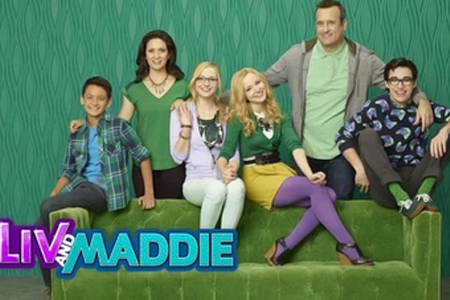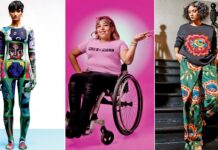By Jay Mann
I’ve always been obsessed with the Disney Channel. Raised on Jessie, Mighty Med, and Good Luck Charlie, and rewatching Liv & Maddie, Best Friends Whenever, and Girl Meets World at least once a year, I consider myself a Disney Channel veteran.
With this comes the awareness of a few interesting trends in live action 2011-2016 Disney Channel history: stereotypes such as overprotective moms, goofy nerd boys who undoubtedly end up getting a glow-up in the last season, or hyper-mature little siblings who are clearly way too intelligent for their age.
These shows are universally adored, for all their repetitive formulas and terrible jokes. In this article, I’m going to analyze some of these repetitive formulas and terrible jokes in tribute to the majesty that is live-action Disney.
What’s interesting about the Disney Channel is it’s targeted audience of 7-12 year olds, and it’s average character age being about 14 to 17. In the Disney universe, little kids look up to not only their own age group and adults, but teenagers— and beyond that, some of the most unrealistic teenagers to grace the silver screen.
All the teenage characters are either oversized children or undersized adults: either overly vigilant and mature, or immature and deeply irresponsible.

For example, Liv of Liv & Maddie. For being 15-16 in Season 1, she’s remarkably ambitious, career-oriented, and dignified. She’s got her whole life planned out before she even turns 17. On the other hand, her 14-year-old brother Joey is the constant butt of the joke. He’s clumsy, dumb, and childishly overeager. It’s a stark contrast to other characters of his own age, but, somehow, it works.
Another overused but beloved trope is the existence of “nerdy boy” characters. This includes Kaz (and Oliver) of Mighty Med, Barry of Best Friends Whenever, and Chase of Lab Rats. They all lean into the mad scientist trope, but with a youthful maturity that makes these characters feel like dads to the rest of the cast. It’s very strange how common this stereotype is within the Disney Channel, especially since I haven’t seen it in many other shows, let alone the real world.
The question now becomes whether or not these characters are actually good role models. This is a fairly controversial subject, because what defines a “good” character is subjective, but I would say that the answer is a hesitant yes.
Of course, there are harmful tropes like hypersmart little girls who are portrayed as annoying instead of genius and awkward teen boys that isolate girls from the teen experience instead of bringing them into it.
But among these, there are also solid friendships and respectful characters. Like Girl Meets World, which portrays an incredibly close friendship that doesn’t feel forced. Or Liv & Maddie, which features Joey— a kind, gentle, respectful, and somewhat feminine man who doesn’t get played off as gay for laughs.

While some characters and dynamics are a little iffy, the majority of Disney channel characters are decent role models.
The central driving force of all these shows is heart. They provide a slightly cleaner, louder, funnier, and more performative version of our real world, and, even if it is completely fabricated, it’s easy to feel cared for by the Disney Channel. Everything feels a little softer, a little gentler, than in other kid’s television.
I owe my childhood to Girl Meets World, Jessie, and, embarrassingly, Bunk’d. If nothing else, it’s good entertainment, and a quality nostalgia trip.
Jay Mann is a student at Eagle Rock Jr/Sr. High School









